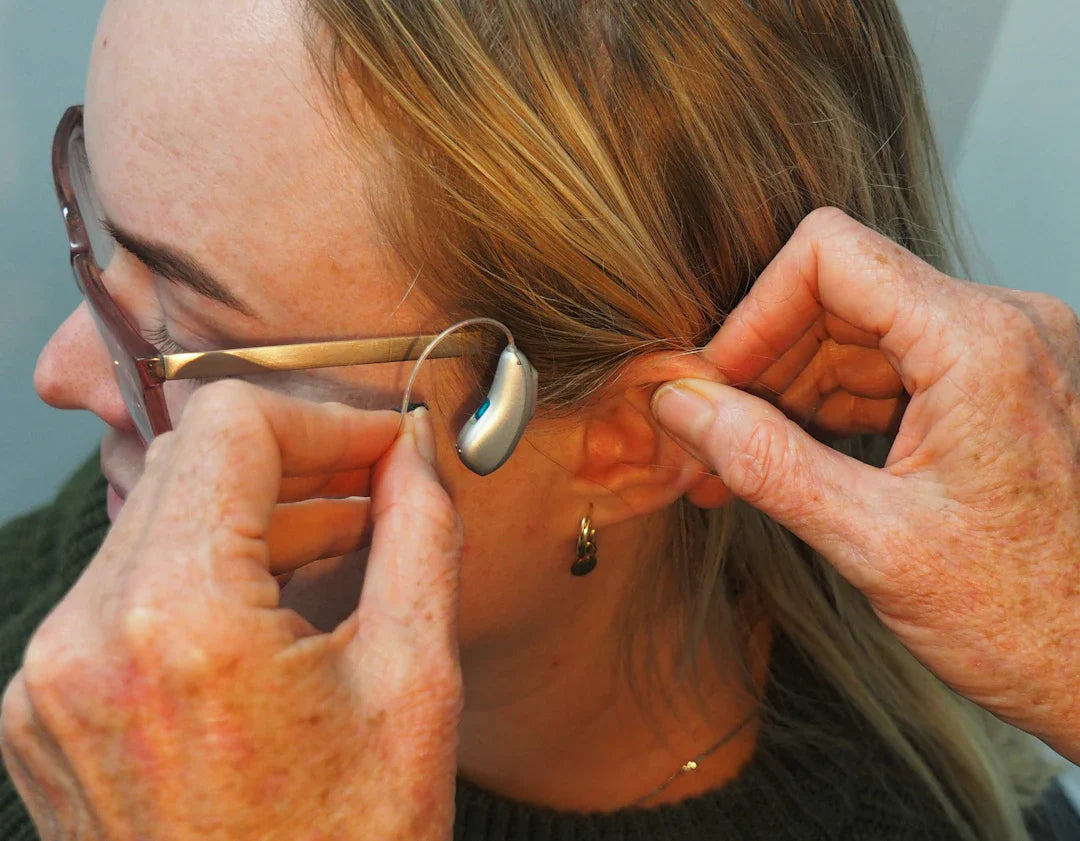Hearing aids have come a long way in the last few decades, transitioning from simple analog devices to complex digital systems designed to enhance auditory experiences. With advancements in technology, the future of hearing aid technology looks promising, marrying the realms of audiology and electronics to improve the quality of life for those experiencing hearing loss. In this article, we embark on a journey through the revolutionary innovations in hearing aids, including insights on some noteworthy trends, and explore how they will shape the future of hearing care.
The Shift Towards Smart Hearing Aids
One of the most significant developments in the realm of hearing aids is the transition from traditional aids to smart hearing aids. These devices are equipped with advanced technology that allows them to connect with smartphones and other smart devices, offering a range of functionalities that were previously unimaginable.
Connected Devices and Personalisation
Smart hearing aids, like the GN Resound Enzo 9 BTE, incorporate Bluetooth technology, granting users the ability to stream audio directly from their smartphones. This feature enhances the user experience, allowing for easy access to phone calls, music, and other audio sources. Furthermore, the audio settings can be easily personalised through dedicated apps, allowing users to optimise their hearing environment according to their preferences.
Innovative Signal Processing
The future of hearing aid technology also lies in the advancement of signal processing algorithms. These algorithms help in distinguishing between speech and background noise, making conversations more intelligible even in noisy environments. The efficient processing of sound not only enhances clarity but also reduces the effort needed to understand speech.
Noise Reduction and Directional Microphones
Today’s hearing aids employ sophisticated noise reduction techniques. Directional microphones focus on sounds coming from a specific direction while filtering out noise from other angles. This feature makes it easier for users to engage in conversations without straining their ears. Such innovations are particularly beneficial in crowded spaces, improving the overall quality of hearing care.
Artificial Intelligence in Hearing Aids
Another exciting prospect is the integration of artificial intelligence (AI) in hearing aid technology. AI algorithms can learn the user’s preferences over time, thereby automatically adjusting settings to improve the listening experience without manual intervention. This technology ensures that each user enjoys a customised sound experience that accommodates various environments seamlessly.
Improving User Experience
With AI, hearing aids can analyse the listening environment and make real-time adjustments. Features such as automatic program switching eliminate the hassle of manual adjustments, rendering hearing devices more user-friendly. The incorporation of AI not only enhances comfort but also empowers users to take charge of their hearing care in ways that are intuitive and effective.
Telehealth and Remote Support
The prevalence of telehealth has emerged as a pivotal aspect of modern audiology. Telehealth services facilitate remote consultations, allowing audiologists to offer support without the necessity of an in-person visit. This convenience particularly benefits individuals who may face challenges commuting to a clinic.
Remote Fitting and Adjustments
With advancements in technology, audiologists can now remotely fit and adjust hearing aids while monitoring their users’ satisfaction and hearing levels. This functionality not only enhances accessibility but also supports timely interventions for those with hearing loss, fostering a proactive approach to hearing care.
Earwax Removal and Device Maintenance
A crucial aspect of ensuring the longevity and efficacy of hearing aids is proper maintenance, particularly regarding earwax removal. Regular earwax checks are vital to prevent blockages in the devices that can degrade sound quality and performance. As technology progresses, hearing aids are being designed with easier maintenance protocols.
Innovative Solutions for Maintenance
Newer hearing aid models now come with features that assist users in maintaining their devices. This includes easy access for cleaning and maintenance, ensuring that the hearing aids remain in top condition. Additionally, some advanced options may include built-in sensors that alert users when their devices require cleaning or adjustments due to earwax accumulation.
Future Trends in Audiology
The landscape of audiology is evolving, driven by the rapid pace of technological advancements. As research continues, we anticipate even more innovative solutions that will empower individuals facing hearing loss.
Greater Awareness and Acceptance
Stigma surrounding hearing aids is gradually fading as society becomes more aware of hearing health. Comprehensive education and advocacy surrounding hearing loss are essential. The future presents an opportunity for increased awareness about the importance of early intervention and regular hearing check-ups, encouraging individuals to seek help promptly.
Integration of Virtual Reality (VR) and Augmented Reality (AR)
In an exciting twist, VR and AR technologies are making their way into audiology. Future hearing aids may incorporate these technologies for rehabilitation and training, providing immersive experiences to help users adapt to their devices more effectively. Such advancements could significantly enhance the efficacy of hearing care by using engaging methods for hearing rehabilitation.
The Path Ahead: Exploring Hearing Care Innovations
As we look to the future, the possibilities for hearing aid technology are boundless. Innovations in connectivity, signal processing, and user experience will redefine what it means to wear hearing aids. As audiologists and manufacturers collaborate, the accessibility and effectiveness of hearing care services will continually improve.
The Role of Community in Hearing Health
In forging the path ahead, it is essential for communities to rally together in promoting hearing health awareness. Facilitating workshops and support groups can lead to shared experiences that grow understanding and acceptance of hearing loss. The communal approach to hearing care could foster more informed discussions and educated decision-making when it comes to selecting hearing aids.
Embracing the Future of Hearing Aids
The future of hearing aid technology is bright, showcasing innovations that will undoubtedly enhance the lives of individuals experiencing hearing loss. With smarter devices, improved maintenance solutions, and a proactive understanding surrounding hearing care, we can expect to see a paradigm shift in how hearing loss is approached and managed.
As we embrace these advancements, it is vital to remain informed and engaged, driving better hearing care through knowledge and community support. Step into the future of hearing aids with confidence, and unlock a clearer world that awaits!




